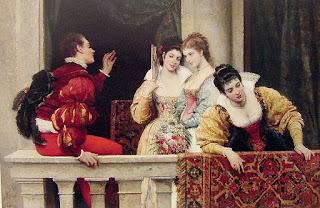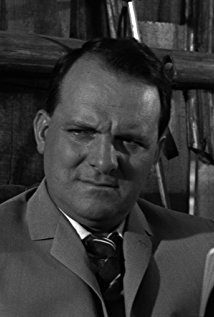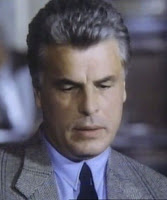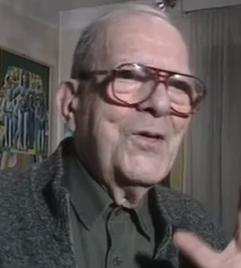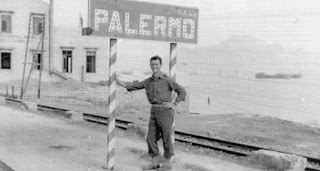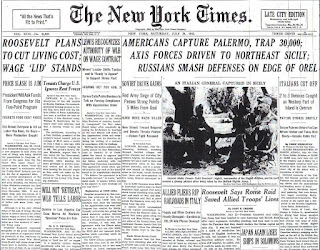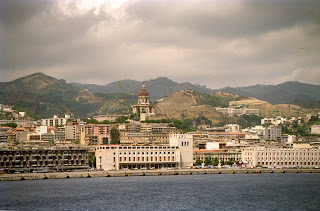Musician credited with reviving popularity of Vivaldi
 |
| Alfredo Casella was born into a musical family in Turin in 1883 |
Casella is credited as being the person responsible for the resurrection of Antonio Vivaldi’s work, following a 'Vivaldi Week' that he organised in 1939.
Casella was born into a musical family. His grandfather had been first cello in the San Carlo Theatre in Lisbon and he later became a soloist at the Royal Chapel in Turin.
His father, Carlo, and his brothers, Cesare and Gioacchino, were professional cellists. His mother, Maria, was a pianist and she gave the young Alfredo his first piano lessons. Their home was in Via Cavour, where it is marked with a plaque.
Casella entered the Conservatoire de Paris in 1896 to study piano under Louis Diemer and to study composition under Gabriel Fauré.
Ravel was one of his fellow students and Casella also got to know Debussy, Stravinsky, Mahler and Strauss while he was in Paris.
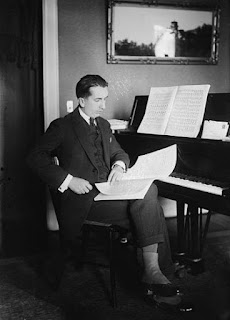 |
| Casella at his piano. He spent some years in the United States |
During World War I, Casella taught piano at the Accademia Nazionale di Santa Cecilia in Rome.
He married Yvonne Muller in Paris in 1921. Their granddaughter is the actress Daria Nicolodi and their great granddaughter is the actress Asia Argento.
From 1927 to 1929, Casella was principal conductor of the Boston Pops Orchestra in Boston, Massachusetts.
Playing the piano, with Arturo Bonucci, cello, and Alberto Poltronieri, violin, Casella formed the Trio Italiano in 1930, which played to great acclaim in Europe and America. He wrote some of his best compositions for the Trio to play on tour.
Perhaps his biggest success was his music for the ballet, La Giara, written in 1924, but he also wrote some beautiful music for the cello, piano and harp.
Casella made live-recording piano music rolls for the Aeolian Duo-Art system, which can still be heard today.
| A wall plaque marks the house in Turin where Casella was born |
Antonio Vivaldi’s music became popular again in the 20th century, thanks to the efforts of Casella, who organised Vivaldi Week in 1939.
In 1947, a Venetian businessman founded the Istituto Italiano Antonio Vivaldi to promote the baroque composer’s music.
Casella’s work on behalf of the Italian baroque composers was to profoundly influence his own music. The composer died in Rome in 1947.
 |
| The Palazzo Madama in Piazza Castello |
Turin, where Casella was born, is the capital city of the region of Piedmont. The city has some fine architecture, which illustrates its rich history as the home of the Savoy Kings of Italy. Piazza Castello, with the royal palace, royal library and Palazzo Madama, which used to house the Italian senate, is at the heart of ‘royal’ Turin.
| Inside the modern Accademia Nazionale di Santa Cecilia |
Travel tip
The St Cecilia Academy - Accademia Nazionale di Santa Cecilia - where Casella taught the piano, is one of the oldest musical academies in the world. It was founded in Rome by Pope Sixtus V in 1585 at the Church of Santa Maria ad Martires, better known as the Pantheon. Over the centuries, many famous composers and musicians have been members of the Academy, which lists opera singers Beniamino Gigli and Cecilia Bartoli among its alumni. Since 2005 the Academy’s headquarters have been at the Parco della Musica in Rome, which was designed by the architect Renzo Piano.
More reading:
Success and sadness in the life of Antonio Vivaldi
How Cecilia Bartoli put the spotlight on forgotten composers
The opera composer who gave Vivaldi a job
Also on this day:
1467: The world's first artillery battle
1654: The birth of Baroque composer Agostino Steffani
Home
